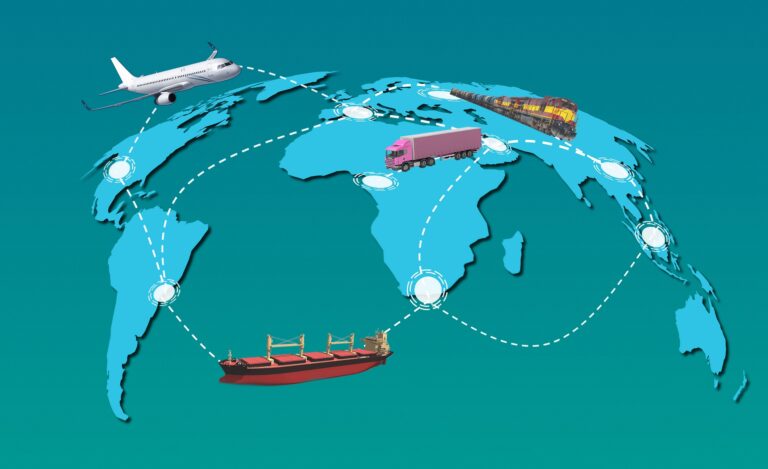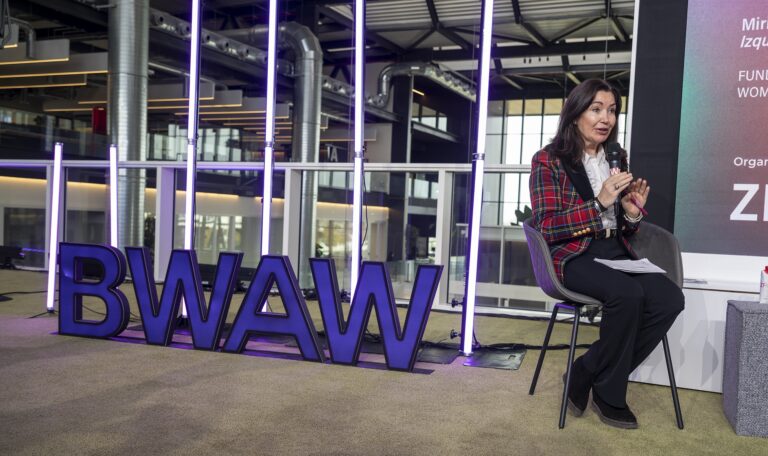The rise of reverse logistics

29 de June de 2022
One of the factors that is contributing to the promotion of Industry 4.0 is sustainability ahead of the growing threat of climate change and, in this sense, the implementation of reverse logistics is becoming widespread. Reverse logistics, understood as the return of raw materials and/or products from the consumer to the manufacturer of origin, sometimes for recycling, is taking on an increasingly decisive role within the supply chain.
Reverse logistics facilitates the correct management of waste and residues. This process extends the useful life of products, allowing them to be reused over and over again. Recovering the economic value of end-of-life products and giving them a new life cycle (either by repairing, refurbishing, remanufacturing or recycling them) is key to reducing the ecological impact of the industry. For this reason, reverse logistics is an increasingly widespread process in the business world. And not only because of the environmental improvement it entails, but also because of the new business opportunities generated by this new return to life of discarded products.
Reverse logistics encompasses all actions aimed at transporting materials and/or products from the consumer to the manufacturer, either by return or by waste collection. Therefore, there are two types of reverse logistics:
- Returns logistics. It is fundamental in today’s logistics ecosystem, especially with the rise of e-commerce.
- Waste logistics. Contributes to reducing the environmental impact generated by industry.
The rise of e-commerce and omni-channeling has been a big boost for reverse logistics and has forced companies to update their business strategy to cope with the increase in returns that their inventories suffer from returns. Often, it is the customers themselves who buy items online who directly return their products for various reasons, either because they are dissatisfied with the merchandise purchased, because the product is not what they expected, because it is defective or because it has a defect.
Other times it is not the customer who triggers reverse logistics, but other reasons such as excess stock that must be returned to the warehouse, or seasonal inventory, i.e., products that are released only at specific times of the calendar (Christmas, sales, black friday, etc.).
In any case, returns always involve transportation and require time and space in the warehouses to review and classify the merchandise received. Depending on its condition, it is determined whether the item can be remarketed or needs to be repaired or reconditioned for re-release.



